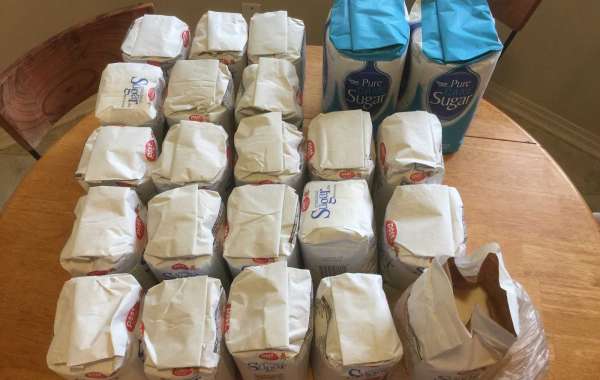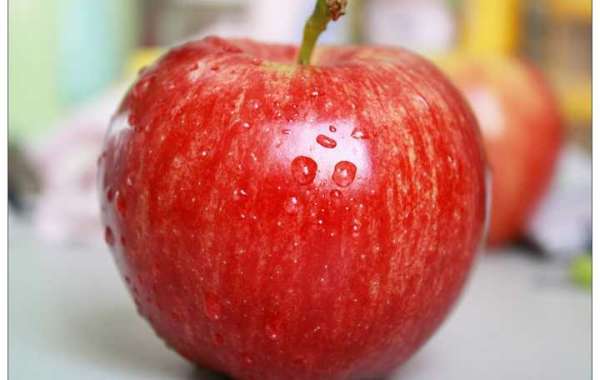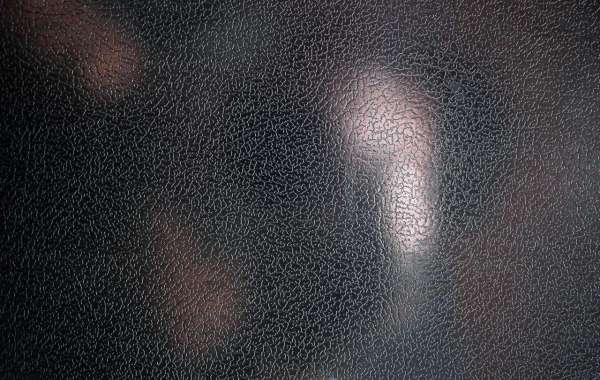Long-term storage of Sugar Bags in sealed bags requires careful consideration to maintain its quality and freshness. Here are some tips and techniques to ensure optimal storage:
Choosing the Right Bag:
- Material: Select bags made from food-grade materials, such as polypropylene or polyethylene, that are resistant to moisture and pests.
- Thickness: Opt for bags with a thickness of at least 2-3 mil to prevent punctures and tears.
- Sealability: Ensure the bags have a secure seal to prevent air and moisture from entering.
Preparation Before Storage:
- Cleanliness: Ensure the sugar is completely dry and free from contaminants before packaging.
- Aeration: Remove any air from the bag using a vacuum sealer or by manually squeezing out the air.
- Moisture Control: Store the bags in a cool, dry place with a relative humidity of 60% or less.
Storage Techniques:
- Stacking: Stack the bags in a way that allows for air circulation and prevents moisture accumulation.
- Protection from Light: Store the bags in a dark or shaded area to prevent light from affecting the sugar's quality.
- Temperature Control: Maintain a consistent temperature between 50°F and 70°F (10°C and 21°C) to prevent sugar crystallization.
Monitoring and Maintenance:
- Regular Inspection: Regularly inspect the bags for signs of damage, moisture, or pest infestation.
- Rotation: Rotate the bags every 6-12 months to ensure that the oldest sugar is used first.
- Repackaging: Repackage the sugar in new bags if signs of deterioration are observed.
Additional Tips:
- Use Desiccants: Place desiccants, such as silica gel, near the stored sugar to absorb any moisture.
- Avoid Odorous Materials: Store sugar away from odorous materials, as sugar can absorb odors easily.
- Labeling: Label the bags with the date of packaging and contents to ensure easy identification.








